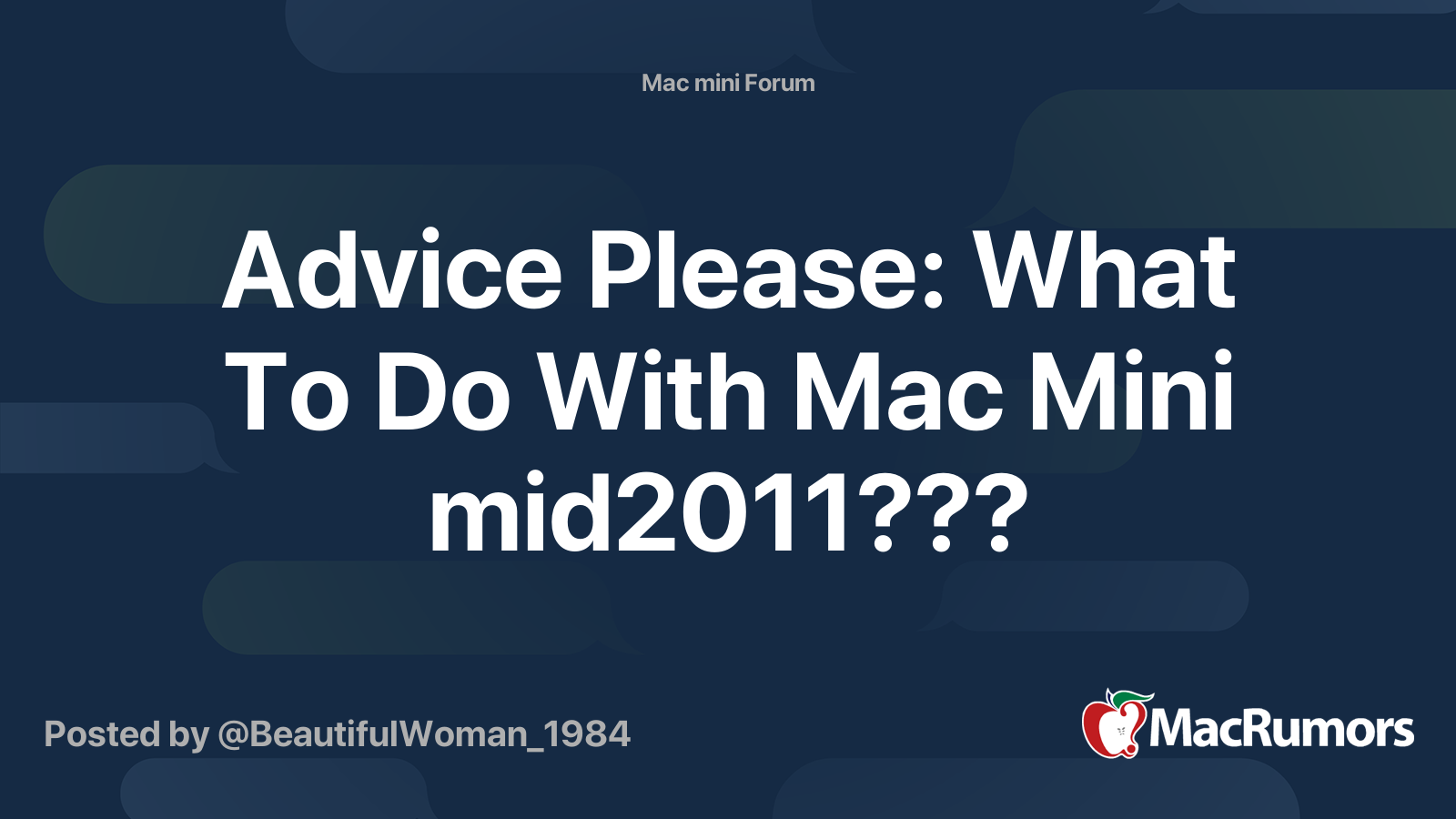How do you define "decent" using USB2? How much faster is it compared to a slowest possible HDD hooked to SATA3?
USB2 tops out at theoretical 60 Mbytes/sec (about 52 Mbytes/sec sequential reads in artificial tests, closer to 40 Mbytes/sec in reality).
An ancient Hitachi Travelstar 5K500 5400rpm, 320 GB SATA hard disk (kind of those installed in Mac Mini 2011) benchmarks sustained reads of 65 Mbytes per second.
How on Earth is an SSD connected using the slowest possible interface "decent" compared even to slowest possible hard disk on SATA? Here's the same SSD (Samsung PM851) connected to SATA2, USB2 and USB3. Can you tell which picture corresponds to which interface?
Because it's not just large file throughput (which is what Blackmagic tests) that makes a drive useful to put an OS on. More important is the average seek time.
On a HDD, that is typically 16 msecs, while even on a slow SSD, you are looking at 0.2 to 0.5 msec, some 30 to 80 times faster.
When you are booting up your system is reading lots of little files scattered across the drive, so seek time becomes very important. Once you have booted up, the first time you load a large application (like LibreOffice) it may take 10 to 20 seconds, but after that, if you have enough RAM, it will be cached and will reload in about 3 seconds.
And now for some real-world figures
Pause while reconfiguring Mac to boot Ubuntu Mate 20.10 from USB 2 SSD ...
Boot time - 30 sec
Load LibreOffice - 8 sec
Reload LibreOffice - 1 sec
Reconfigure Mac to boot Ubuntu Mate 20.10 from fast HDD (this is exactly the same Ubuntu Mate as above, duplicated via dd command)
Boot time - 60 sec
Load LibreOffice - 8 sec (under Ubuntu Mate 20.10, takes 15 to 20 sec under Linux Mint 20 and macOS Catalina)
Reload LibreOffice - 1 sec
Certain large and complex tasks like compiling a long LaTeX document take the same length of time regardless of the drive technology, despite the process involving many hundreds of small files. Processing the TexLive document lshort.tex takes 14 sec under Ubuntu Mate 20.10, 18 sec under Linux Mint 20 and macOS Catalina, whether it's on a slow SSD, fast HDD or Fusion Drive.
So, overall, I would prefer to run an OS from a slow SSD rather than a fast HDD.
There is a caveat there, though. It needs to be a good quality SSD. I have had a few cases of an OS freezing up on me on cheapy SSDs.
And now for some speed tests.
USB 2 SSD
Fast HDD
Conclusion -- If a slow SSD is better than a fast HDD to run an OS, then a slow SSD will be even better than a slow HDD.
 support.apple.com
support.apple.com





